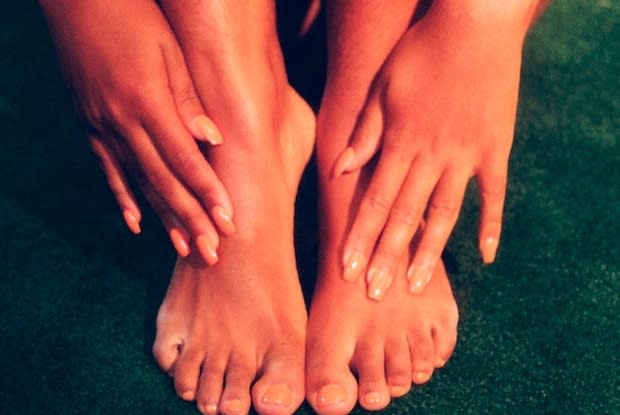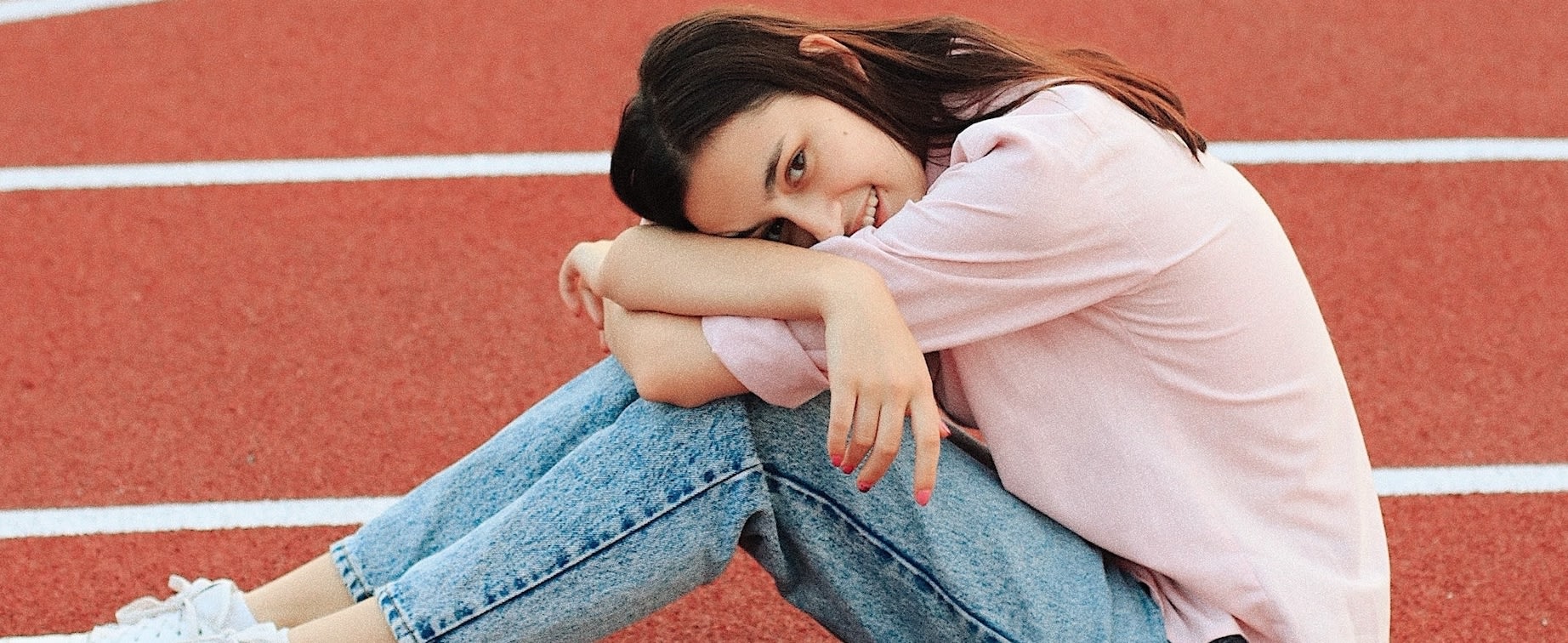Table of Contents
I. Taking Athlete’s Foot Seriously
V. Fungal Infection Prevention & Treatments
Taking Athlete’s Foot Seriously
Athlete’s foot is a fungal infection that starts between the toes and can spread to other parts of the body. It can affect anyone whose feet spend lots of time in warm and humid conditions that encourage fungal growth. Over-the-counter drugs may be used to treat mild to moderate cases, but prescription medications like Diflucan (fluconazole), Lotriderm (clotrimazole), Spectazole (econazole), or Vermox (mebendazole) may be necessary for moderate to severe athlete’s foot. Athlete’s foot spreads easily through contaminated floors or personal items, so it is important to take this fungal infection seriously to avoid health complications and avoid spreading it to others. [1]
Signs and Symptoms
Symptoms of athlete’s foot may vary from one person to the next. The most common athlete’s foot symptoms are itching or stinging around the toes and the soles of the feet. Itchy blisters are also a common occurrence, and many people experience cracking and peeling skin. Other possible athlete’s foot symptoms include:
- Dry skin on the soles or sides of the feet
- Raw and sensitive skin
- Discolored toenails
- Toenails that fall off the nail bed [2]
There are three main types of athlete’s foot, and the first type is the interdigital infection. This type of infection is commonly known as a toe web infection because it typically occurs between the two smallest (the fourth and fifth) toes and forms a web-like appearance. [3] Interdigital infections most commonly lead to scaly, peeling, and cracked skin. If you have interdigital athlete’s foot, you may be at an increased risk of getting a bacterial infection at the affected site. This can cause the skin to break down even more, leading to further exacerbation. [4] If your athlete’s foot affects the entire sole of the foot, you likely have a “moccasin” infection. Moccasin infections generally begin with mild symptoms. This type of infection can cause dry, itchy, scaly, and irritable skin. It can also lead to thickened and cracked skin. In some cases, a moccasin-type infection can affect the whole sole and spread to the sides of the foot. [3] Moccasin-type infections can worsen quickly and cause the toenails to thicken and fall out. Because this infection progresses quickly, it is important to treat it as quickly as possible. [4] Vesicles is the medical term for blisters. [5] A vesicular fungal infection describes an athlete’s foot type that breaks out suddenly with fluid-filled blisters under the skin. These blisters can appear anywhere on your foot, but they most often appear on the bottom. [4] Many people choose to treat athlete’s foot at home. If your athlete’s foot symptoms are mild, you can look into antifungal creams or natural home remedies. These home treatments can take some time to work, but you should see a doctor if symptoms do not improve after two weeks of self-treatment. [1] If you have diabetes, you should not treat athlete’s foot from home and should see a doctor immediately. Diabetes can lead to poor circulatory health and a weakened immune system, making you more susceptible to dangerous bacterial infections. Untreated infections, especially in the feet and lower limbs, are the leading cause of amputations for people with diabetes. If you have diabetes, see your doctor right away if you show signs of athlete’s foot. You will want to get on top of treatment early to avoid severe infections. [6] Remembering that athlete’s foot is a type of fungal infection can help with prevention. To reduce your risk of getting this skin condition, you will want to reduce as many factors that encourage fungal growth as possible. This means keeping your feet and the areas between your toes dry. Changing socks regularly and wearing breathable shoes can disrupt the moist and sweaty environment that fungi thrive in. It is also very important to protect your feet when using public pools, showers, and locker rooms. [1] If you get athlete’s foot despite taking prevention steps, or if your condition persists after trying over-the-counter creams, ask your doctor if Diflucan (fluconazole), Lotriderm (clotrimazole), Spectazole (econazole), or Vermox (mebendazole) is right for you. These are prescription antifungal medications and can prevent athlete’s foot from spreading to your genital area, bladder, lungs, and blood. [7] The content in this article is intended for informational purposes only. This website does not provide medical advice. In all circumstances, you should always seek the advice of your physician and/or other qualified health professionals(s) for drug, medical condition, or treatment advice. The content provided on this website is not a substitute for professional medical advice, diagnosis, or treatment.
Types of Athlete’s Foot
a. Interdigital
b. Moccasin
c. Vesicular
Seeing a Doctor

Fungal Infection Prevention & Treatments

